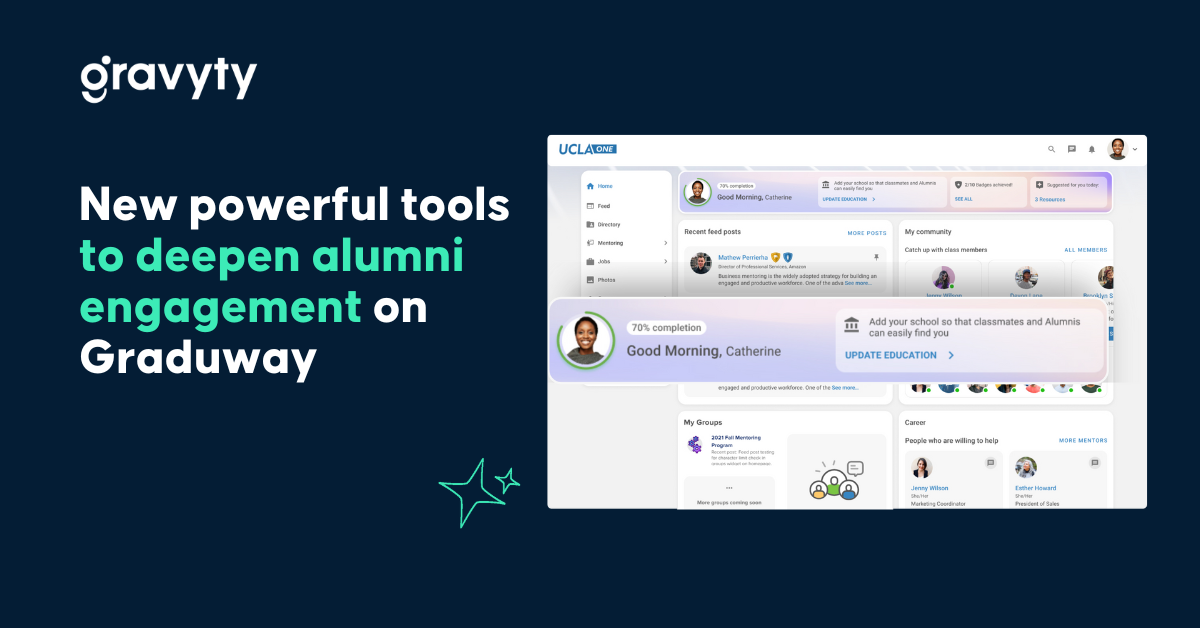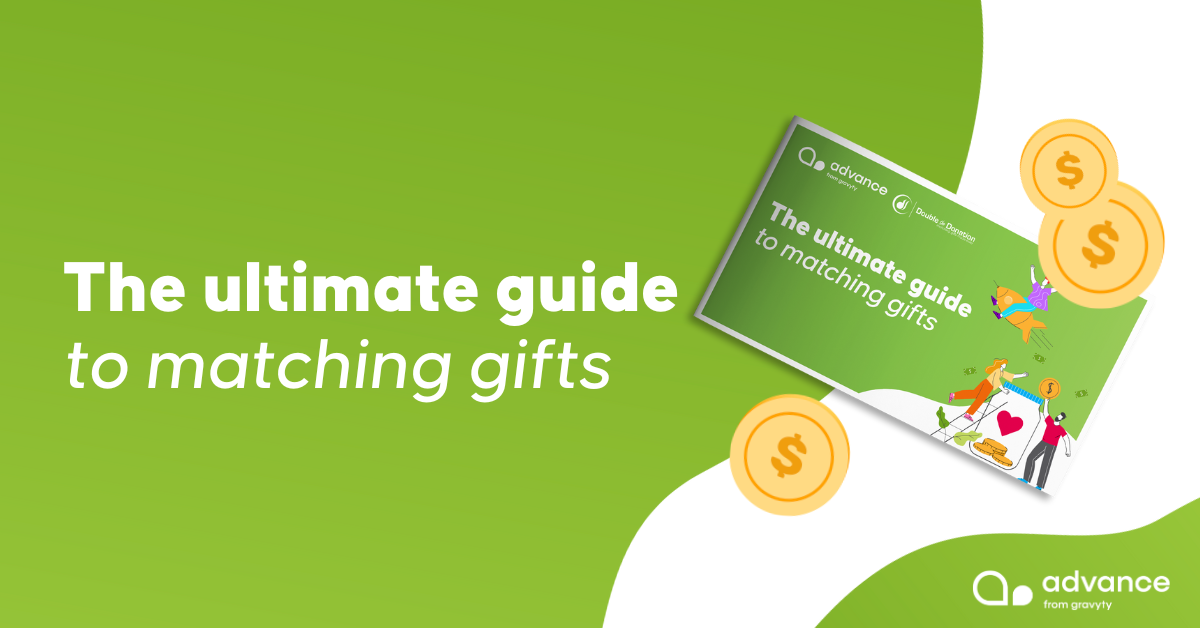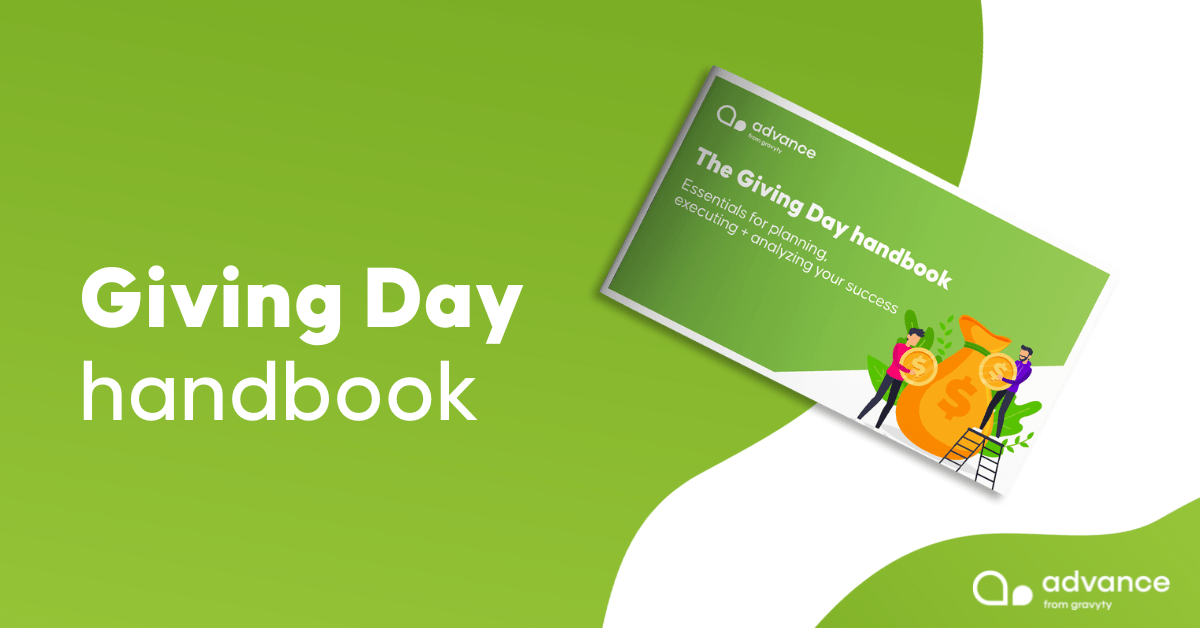8 ways to take a relationship-first approach to donor management

Navigating donor transitions between gift officer portfolios is more than a strategic task. It’s about nurturing and sustaining relationships built on trust and shared values. Not establishing clear internal processes for portfolio and moves management leads to significant misses for growing key donor relationships, especially in the face of staff turnover. In fact, internal portfolio procedures and processes is one of the top five challenges facing fundraisers in Gravyty’s 2024 donor engagement benchmark report. More concerningly, more than half (57%) of fundraisers say they have no formal process or their process has significant gaps for handing off qualified donors to major gift officers.
While challenging, this piece of the donor relationship management puzzle is crucial in maintaining continuity and retention, especially in the face of staff turnover or team changes.
Here, learn about eight effective strategies to make your organization’s moves management seamless and meaningful.
1. Get to know your donors better
One of the most “human” aspects of being a gift officer is understanding donors’ personal stories and motivations.
Find your top questions; sometimes, you have to give to get. Questions you ask a donor might include, “Of all our programs and services, what is one that calls to your heart?” or “Of all the gifts you have given, which one is the most memorable?” Find the right questions to ask and then listen to them with genuine interest and curiosity.
Here are additional questions you can ask to learn more about donors:
- When did it first occur to you that philanthropy was important in your life?
- What would you like to be remembered for?
- In thinking about email, phone calls, written correspondence, face-to-face meetings, social media, mail and other channels, what are your preferences for communication?
- Can you tell me what you did during the first five years or so of your career?
- What in your life has given you the greatest fulfillment?
- What is the most difficult question you have ever been asked?
- What do you feel is the greatest achievement in your life?
2. Connect donors to the broader organization
Every donor should feel like a valued part of the organizational family, not just connected to an individual within the organization.
Share stories of collective impact with your donors and introduce them to the diverse faces behind your organization’s success. Use outreach to make donors feel involved and connected with your organization. Sharing things like case studies, personalized impact updates via video, photo and video galleries, and event invitations make your donors feel special and noticed.
This sustained, consistent outreach keeps donors connected to your larger mission and when staff turnover happens, it doesn’t hinder the donor relationship.
3. Instill confidence and ensure continuity in the face of staff changes
There’s no doubt that staff turnover is a reality for all fundraising organizations. But internal team changes shouldn’t disrupt donor relationships. A recent study shared that a staggering 46% of fundraisers plan to leave their current role in the next two years, so building a relationship with your wider organization is crucial.
Imagine this: A valued donor, someone who has given $10,000 each year for the past five years, builds a strong relationship with a specific gift officer at your organization. The gift officer develops a rapport with the donor, asking them why they give and what motivates them.
Then, the donor receives an email from your organization that the gift officer is no longer with the organization and that another member of the team would be in touch. When that new gift officer reaches out to the donor, they ask the same questions as the first gift officer: why do they give? What motivates them? Then, the cycle repeats the following year.
How frustrating is that? It can lead to your organization losing a major donor. Luckily, this situation can be avoided by implementing two best practices:
Track donor interactions including notes and preferences in your CRM
Building a relationship is key to donor retention, especially in times of change and uncertainty. Use the notes section in your donor CRM to keep a record of the stories, memories, preferences and motivations of your donor so that when there’s a change within your internal team, the foundation of that donor relationship is still strong.
Broaden the relationship donors have with your organization to more staff
Consistent donor engagement can increase donor retention rates, which is critical in times of transition. Foster a team-based approach where multiple staff members are familiar with and involved in each donor’s journey.
4. Save time with tech & automatically log communications
One of the most tedious aspects of managing a donor portfolio is logging activities, yet it’s undoubtedly one of the most important. Your time is limited, and the best use of it is typically spent building relationships with top donors. According to McKinsey Global Institute, you can save six or more hours on automating remedial tasks like logging emails, calls, and notes sent to donors.
For example, do you keep track of monthly donor activities via a spreadsheet, then regularly import the file to make sure interactions are logged and up to date?
Utilizing donor databases and integrated AI tools like Gravyty for seamless tracking and management of donor interactions will save you time. Also, automatically tracking interactions in CRM systems ensures every detail is noticed, providing a comprehensive view of the donor’s engagement and interests. If anyone jumped in the donor record, they know exactly what you have done because things were logged in your source of truth.
5. Craft an authentic introduction email
Let your introduction reflect your organization’s warmth and professionalism and how you plan to engage with that constituent. Send an authentic email to introduce donors to other members of the wider team. That way, you make sure that when a new name appears in your donors’ inboxes, they recognize it as a friendly face in your organization.
Consider these best practices when introducing a donor to other members of your organization:
- Thank them for their continued support and generosity
- Explain the reason for the introduction (i.e., the new point of contact will be able to give them more personal attention, etc.)
- Follow up the introduction email with a phone call with both gift officers
6. Use video to make an engaging introduction
The old adage is true—a picture is worth a thousand words… and a video is worth even more. Videos can bridge distances and bring a personal touch to introductions. So much more information can be transferred through video quickly, like your personality, who you are and why you got involved in the organization.
Tools like Gravyty’s video messaging solution can make capturing, sending and measuring impact of videos a seamless part of your strategy You can either follow a prewritten script or speak off the cuff, but make sure to express excitement and instill a sense of confidence in the transition process. Explain to your donor how grateful you are for their support and that you are confident they will be in great hands with their new point of contact.
7. Evaluate donor alignment beyond financial contributions
Recognize the multifaceted nature of donor contributions. Time, life stage, and current financial status all play a role in how, when and where a donor chooses to give. Use this insight to determine specific portfolio assignments.
Consider all aspects of donor engagement, including those who serve on the board, their capacity, their giving history and how engaged they are with your organization. Focus on donors who continue to show up and give versus those who give big gifts to other organizations but don’t yet give to yours.
8. Check in frequently with the team for holistic donor management
Collective insight is key in understanding and meeting donor needs. Others can add value to your work with idea sharing and programmatic updates. Hold monthly discussions with the whole team to share insights and strategies.
Here are some ideas on what to cover in donor strategy meetings:
Upcoming events or campaigns: Use this time to cover upcoming events or fundraising campaigns, and whether there are any special considerations for specific donors.
Idea sharing: Encourage team members to bring new ideas or strategies to the table. This can include innovative ways to engage donors, new fundraising ideas, or suggestions for improving existing processes.
Programmatic updates: Share updates on various programs and projects. Understanding the impact of these programs is important for effective donor communication.
Cross-department collaboration: Involve representatives from each department, if applicable. That way, you’ll get a holistic view of the organization’s activities and strategies and other departments are in the loop on fundraising initiatives.
Donor feedback: When possible, include insights gained directly from donors, such as through surveys or feedback forms. This can help tailor your strategies to better meet donor expectations and needs, and raise any issues of concern with the wider team.
Training and development: Consider incorporating training sessions into these meetings, especially if they involve new strategies or technologies in donor relationship management.’
Donor feedback: When possible, include insights gained directly from donors, such as through surveys or feedback forms. This can help tailor your strategies to better meet donor expectations and needs, and raise any issues of concern with the wider team.
Training and development: Consider incorporating training sessions into these meetings, especially if they involve new strategies or technologies in donor relationship management.
Donor relationship management is a team sport
In the world of donor management, it’s the human connections that count. By combining authentic relationship-building with innovative donor relationship management software, you can create a donor experience that is both personal and efficiently managed.
Adopting a relationship-first approach in donor portfolio management is essential for nurturing trust and continuity in donor relationships. By integrating personal connections with technological efficiencies, organizations can effectively manage transitions and deepen donor engagement. Strategies like understanding donor stories, broadening their connection to the organization, ensuring continuity amidst staff changes, leveraging technology, and valuing donors beyond financial contributions are pivotal.
To truly transform your donor management, start implementing these strategies today and witness a profound impact on your organization’s relationship with its supporters.



